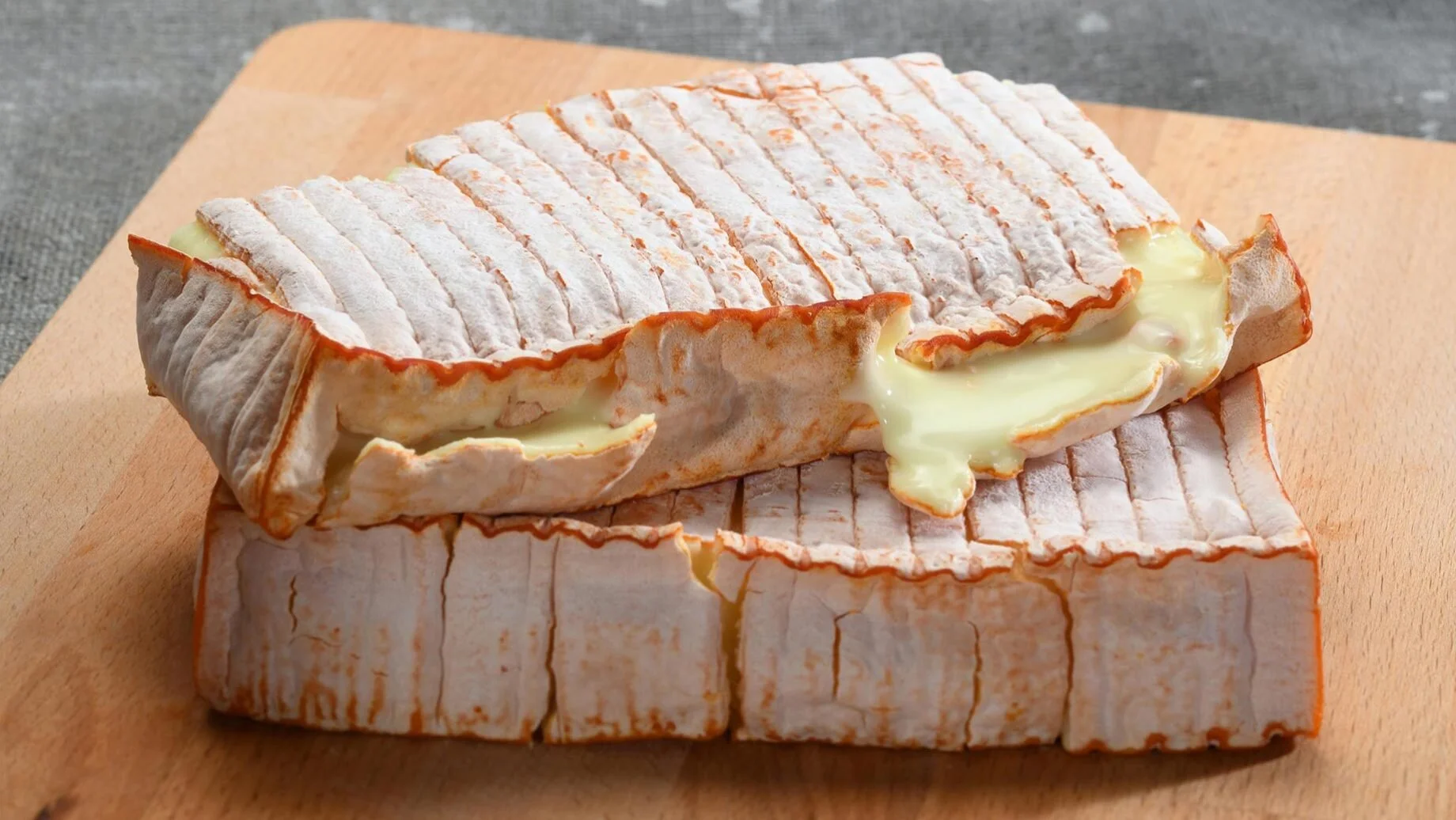World Cheese Encyclopaedia - Each Sunday learn all about a new cheese.
This week Casizolu from Sardinia, Italy.
Country: Italy 🇮🇹
Region: Monitferru, Oristano Province, Sardinia
Made from: Cow’s milk
Pasteurised: No
Texture: Firm, stringy, melting
Taste: Herbal, creamy, spicy
Certification: Slow Food Presidium product
Aging: Up to 6 months
Casizolu is an Italian spun paste cheese made from native Sardinian cow’s milk, produced in the Montiferru area, near Oristano, Sardinia. It is an ancient cheese, and quite unusual for Sardinia which is renowned for its production of sheep’s milk cheeses. It has a very unique rounded pear shape which is made when the curd is kneaded in hot water.
Photo: Slow Food Foundation
Casizolu has an intense variety of milky, herbal, and almond aromas as a result of the use of vegetal rennet in its production. With ageing, it becomes spicier and the herbal aromas become more distinct. The rind of Casizolu is thin and smooth with a yellowish color. The paste is yellow and stringy.
Casizolu cheese is often produced at home by farmers, who rarely sell it on the market. There is a Presidium that unites several of the farmers who raise cross-breed and Sardo Bruna cows. The Presidium producers follow a production protocol and belong to the Montiferru Casizolu producers’ association. It has been labeled as a Slow Food Presidium product, meaning that it has been listed as one of the world’s endangered heritage foods.
Photo: Vivino
The cheesemaking process is lengthy and requires skill and patience. After the curd is broken with a tool called a “spino”, it is left to rest until it reaches a specific stage of lactic fermentation, which can take a long time and is unpredictable. The curd might be ready in the evening, in the morning, or in the middle of the night. When it is ready, pieces of curd are stretched while being heated in hot water. The curd is then further stretched and shaped in cold water. The curd is spun manually with a putty knife which gives the cheese its pear-like shape. It is then salted, dried, and then matured up to six months. Production takes place from the fall to early in the spring.
History
Casizolu has been prepared since medieval times with cow milk from the Sardinian-Bruno and Sarda-Modicana breeds. According to some written documents dating back to the 1300s, it is a variant of the local Peretta cheese. The cheese was traditionally made by women who spent hours with their hands kneading the curd until getting the right consistency of paste for Casizolu of Montiferru.
How to Enjoy It
People often consume Casizolu of Montiferru on its own, but it also provides flavour to many traditional Sardinian dishes, like the zuppa gallurese. Casizolu cheese is widely used for the filling in the Sardinian classic delicacy, sebadas, which are in the shape of big dumplings. Even the whey water used when spinning the curds of Casizolu is used as the broth for a cheese soup called s’abbagasu.
When younger, Casizolu pairs best with fruity white wines. If the Casizolu is aged, it is recommended to match it with a strong bodied Sardinian red wine such as Jerzu Cannonau.
Sources: Slow Food Foundation for Biodiversity, Wikipedia, Sardinia Food District, Convivium, followingtherivera.com, Vivino
Looking for a different cheese? Search the whole cheese encyclopaedia here.





























